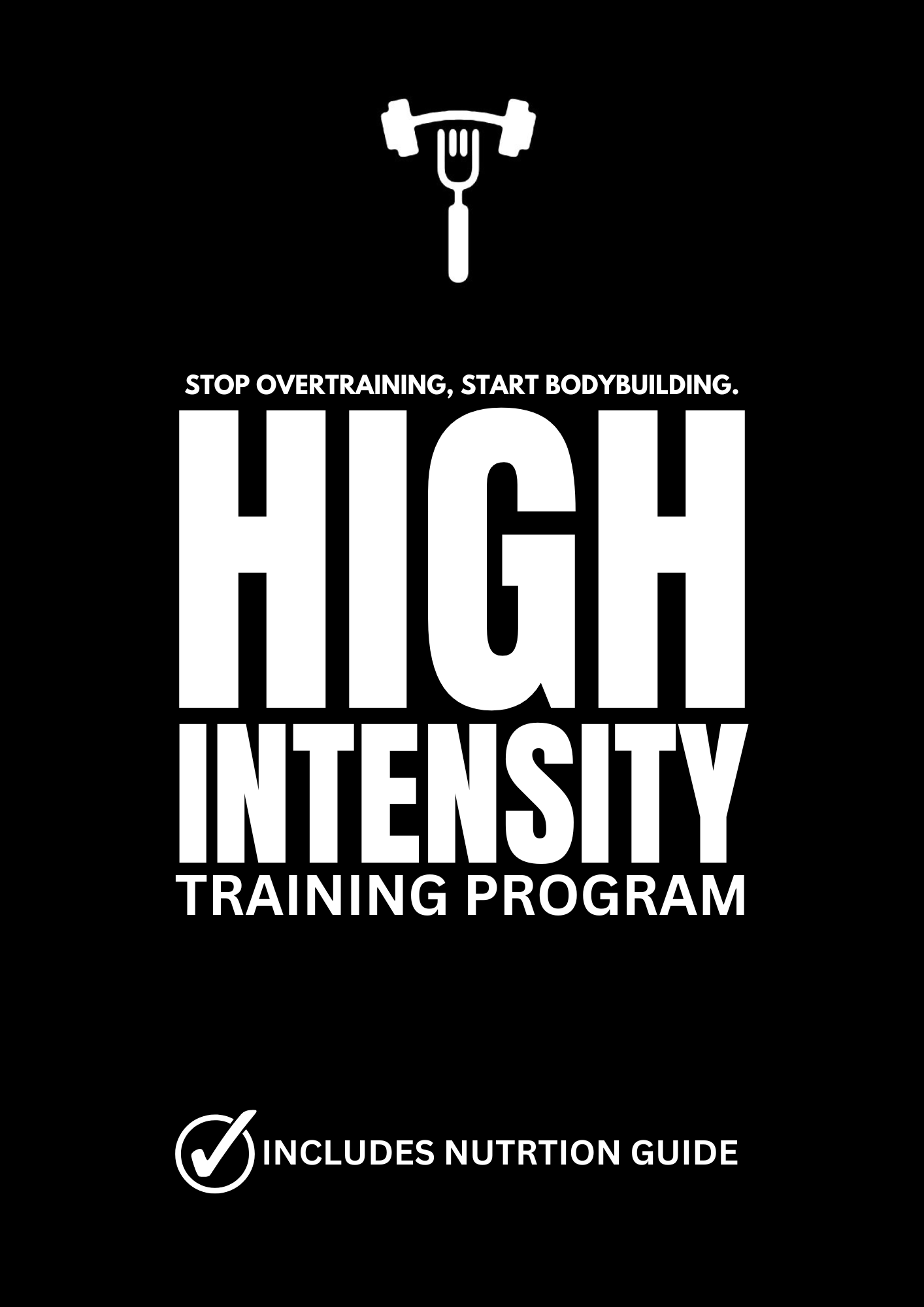Fuelling Muscle Growth and Performance in Bodybuilding

In the realm of bodybuilding and high-intensity training, there exists a common misconception that fats are adversaries to be avoided at all costs. However, a closer examination reveals that fats play a crucial role in fueling performance, facilitating muscle growth, and optimizing overall health—a philosophy that echoes the principles of a prominent figure in bodybuilding philosophy.
Beyond serving as a source of energy, fats play a pivotal role in maintaining hormonal balance, supporting cellular function, and aiding in the absorption of fat-soluble vitamins. This holistic perspective aligns seamlessly with the ideology that a well-rounded approach to nutrition is essential for maximizing performance and results.
The concept of 'heavy duty' training, emphasizing brief yet intense workouts, necessitates a robust energy substrate. Fats, with their high energy density, serve as a vital fuel source during demanding training sessions. This aligns with the principle that efficient training isn't about duration but rather intensity and quality, echoing the wisdom of the bodybuilding philosophy.
Moreover, fats are integral for muscle growth and recovery. Essential fatty acids, such as omega-3s and omega-6s, support cell membrane integrity and hormone synthesis, facilitating muscle protein synthesis and hypertrophy. By incorporating the right balance of fats into the diet, individuals can optimize muscle-building potential and enhance overall performance.
Here's a list of foods rich in healthy fats that can fuel muscle growth and support high-intensity training:
1. Salmon: Packed with omega-3 fatty acids, salmon is not only a great source of protein but also supports heart health and aids in muscle recovery.2. Avocado: Loaded with monounsaturated fats, avocados provide a creamy texture to meals while promoting satiety and supporting hormone production.
3. Nuts and Seeds: Almonds, walnuts, chia seeds, and flaxseeds are rich in healthy fats and provide a convenient snack option for sustained energy.
4. Olive Oil: A staple of Mediterranean cuisine, olive oil is rich in monounsaturated fats and antioxidants, making it a heart-healthy choice for cooking and dressing salads.
5. Eggs: The yolk of eggs contains essential fatty acids along with vitamins and minerals, making them a versatile and nutritious addition to any muscle-building diet.
6. Coconut: Whether in the form of coconut oil, milk, or shredded coconut, this tropical fruit is rich in medium-chain triglycerides (MCTs) that provide a quick source of energy for intense workouts.
7. Dark Chocolate: Indulge in moderation—dark chocolate with a high cocoa content is packed with healthy fats and antioxidants, providing a delicious treat that supports overall health.
Incorporating these nutrient-dense foods into a balanced diet not only fuels muscle growth and performance but also promotes long-term health and well-being. By embracing the role of fats as allies in the pursuit of physical greatness, individuals can optimize their bodybuilding journey and unlock their full potential.

